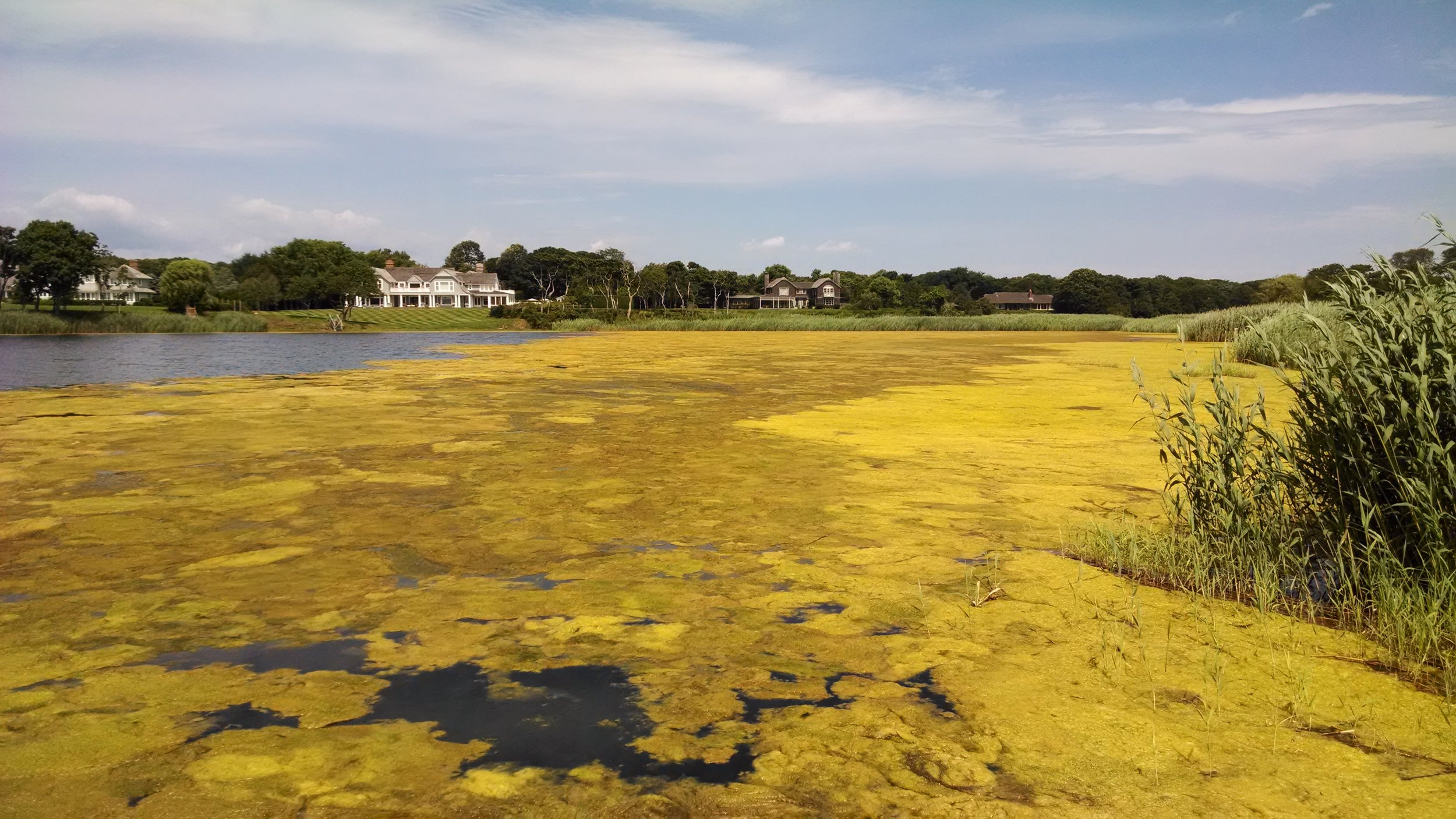
FISM Plan : Nitrogen Run-Off
Small actions can make a big difference. Learn what the FISM coalition is doing to prevent nitrogen pollution in Fishers Island’s waters!
PC: Chris Clapp
What Happens On Land…
Drains into
Our Oceans!
-
Nitrogen pollution comes from sewage, fertilizers, and the atmosphere.
-
Nitrogen run-off is a major cause of eelgrass decline across southern New England and New York [1,2,3]. Excess nitrogen produces algal blooms that both shade the seagrass and produce toxins that can build up in fish and eelgrass tissues. The health of seagrass meadows can be an indicator of water quality and the impacts of land-based stressors, such as excessive fertilizer use.
-
Limit fertilizer run-off
Promote the best lawncare practices
Promote the use of native plants instead of lawn
Create vegetative buffers between lawns and shorelines
Limit waste-water run-off
Promote alternative septic systems
Test and maintain septic systems
-
Hold workshops for lawncare professionals
Design and promote to homeowners’ fertilizer reduction and alternative programs
Educate ferry workers and others to maximize compliance with the NY fertilizer ordinance
Design and promote pesticide awareness campaigns
Promote Suffolk County’s Reclaim Our Water Initiative, which provides grants to put in alternative septic systems
Create a certification process to assess and document onsite septic system conditions and track maintenance.
-
Connecticut Department of Environmental Protection, Department of Agriculture. (2007). An assessment of the impacts of commercial and recreational fishing and other activities to eelgrass in Connecticut’s waters and recommendations for management. State of Connecticut.
Short, F., Klein, A., Burdick, D., Moore, G. 2012. The eelgrass resource of Southern New England and New York: Science in support of management and restoration success-Phase I report. Cold Spring Harbor, NY: The Nature Conservancy. Available at: https://www.conservationgateway.org/Documents/UNH%20Eelgrass%20Final%20Report%202012.pdf
Woods Hole Group. 2014. Southern New England and New York Seagrass Research Towards Restoration – Phase II report. Cold Spring Harbor, NY: The Nature Conservancy. Available at: http://easterndivision.s3.amazonaws.com/Marine/Seagrass%20Report_Phase%20II_Final_05May14.pdf

